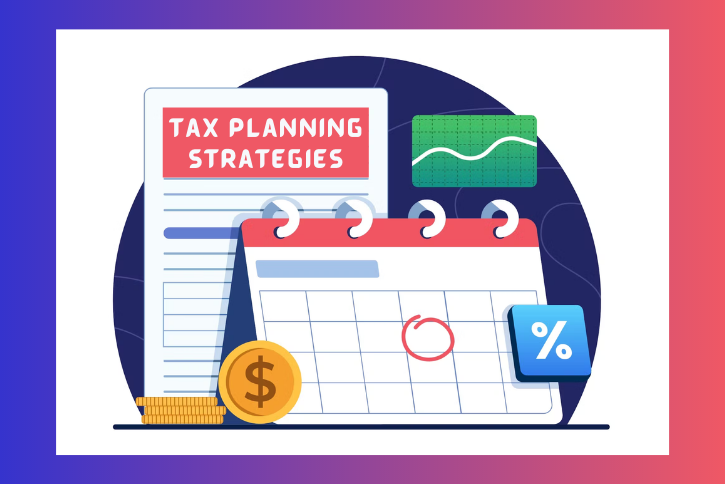The Role of Nutrition in Fitness – Fueling Your Workouts for Optimal Results

Nutrition is the foundation for achieving fitness goals, supporting muscle recovery, and weight management. It involves a balance of carbohydrates, proteins, healthy fats, and hydration.
Carbohydrates are the body’s preferred source …
Read MoreUnderstanding Your Skin Type and Creating a Routine

Your skin type influences the products you use and how your face responds to certain treatments. Board-certified dermatologists Aanand Geria, MD, Christina Chung, MD, Hadley King, MD, and Geeta Yadav, …
Read MoreNatural Skincare Remedies and DIY Treatments for Healthy Skin

Natural skincare treatments help restore your skin’s natural oils, which can be stripped by frequent washing with drying soaps. To hydrate your face and hands, try shea butter or …
Read MoreExploring Investment Options

Explore the different types of investments that can help grow your money. These include stocks, bonds, mutual funds** and exchange-traded funds (ETFs).
Stocks, also known as equities, represent ownership in …
Read MoreBuilding a Solid Investment Portfolio

Investing should be viewed as a long-term endeavor. As such, investors should build a portfolio that is suited to their unique financial situation and goals.
An asset allocation is the percentage …
Read MoreUnderstanding Interest Rates How They Affect Your Loans and Investments

Interest rates are a key factor when it comes to your finances. They determine how much you pay on your mortgage, car and credit card debt as well as how …
Read MoreExploring Types of Loans

Taking out loans can be helpful for a number of expenses. However, it is important to use them responsibly so you don’t end up with unnecessary and expensive debt.
Personal, Read More
A Guide to Small Business Loans – Finding the Right Financing Option

Business loans are one of many ways that small businesses finance their operations. Finding the right lender for your business can be a challenge, but understanding your options is essential.
Make …
Read MoreThe Impact of Tax Reforms – What You Need to Know for the Coming Year

Tax changes affect growth by influencing incentives. For example, lowering marginal tax rates can increase the financial reward for work and savers.
Likewise, changing deductions can distort how investment capital is …
Read MoreTax Planning Strategies for Real Estate Investors

Real estate investors can reduce their tax liabilities by maximizing deductions and conducting smart property purchases. Having thorough and accurate bookkeeping is essential for identifying and capturing deductions and …
Read More